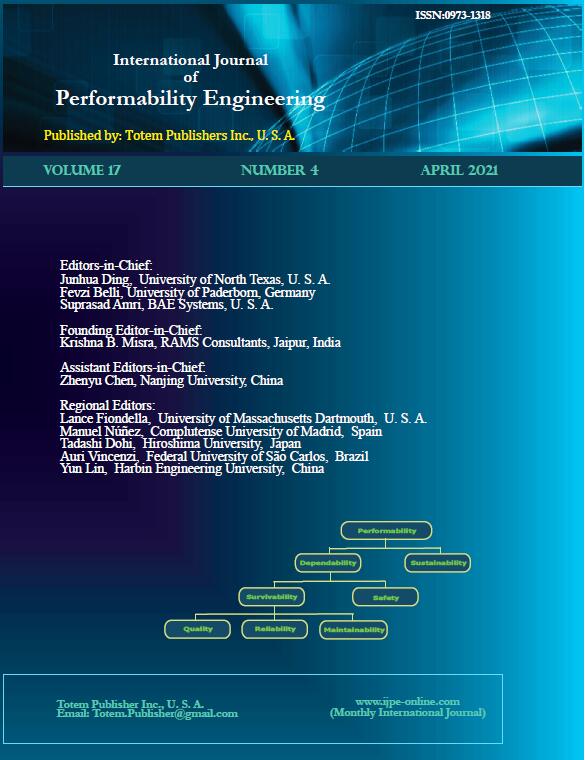In this study, the performance attributes of software reliability are analyzed by applying Weibull family distributions (Lindley, Rayleigh, Type-2 Gumbel) to the finite fault NHPP reliability model. Also, the Weibull family distribution models were compared with the Goel-Okumoto basic model to confirm reliability performance, and the optimal model among the proposed models was presented. For this, software failure time data was used, parametric estimation was applied to the maximum likelihood estimation (MLE) method, and nonlinear equations were calculated using the bisection method. As a result, in the intensity function analysis, the Rayleigh model was effective because the failure occurring rate increased initially with a small value and then decreased significantly as the failure time passed and the mean squared error (MSE) was also small. In the analysis of the mean value function, all the proposed models showed a slightly overestimated value compared to the true value, but the Rayleigh model showed the smallest error to the true value. As a result of comparing reliability by applying future mission time, the Rayleigh model was high and stable together with the Lindley model, but the Type-2 Gumbel model showed a decreasing tendency along with the Goel-Okumoto basic model. In conclusion, we have found that the Rayleigh model has the best performance among the proposed models. In this study, the reliability performance of the Weibull family distribution model without the existing research case was newly analyzed, and it is expected that software developers can use it as a basic guideline to search for an optimal software reliability model.

